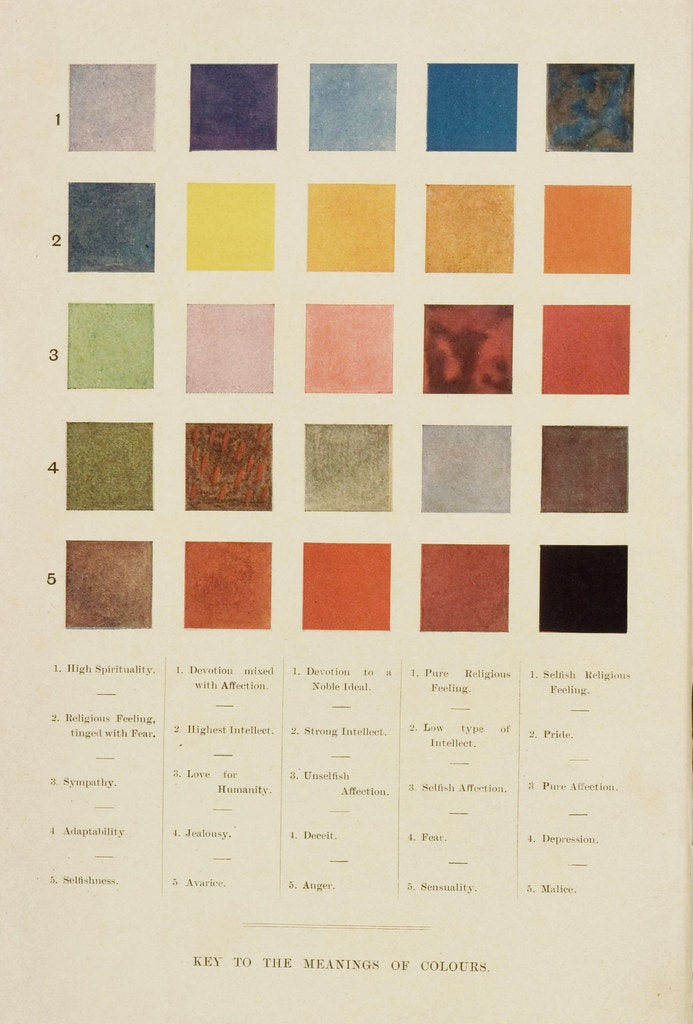Orange, Named After a Fruit.
- 2paperedwalls8
- Nov 6
- 2 min read

The colour orange is unique in Western colour history for being both ancient in use and relatively modern in name. Before the 15th century, the hue existed in art and daily life, yet it lacked a dedicated name; English speakers referred to it as "yellow-red" or sometimes "saffron." The vivid colour seen in sunsets, autumnal leaves, and certain minerals, such as realgar, was used by ancient Egyptians for tomb paintings. During the medieval period, orpiment (also known as yellow arsenic blende, a deep-colored, orange-yellow arsenic sulphide mineral with formula As 2S3) appeared in illuminated manuscripts. It remained unnamed until the arrival of the orange fruit in Europe, brought by Portuguese merchants from Asia during the late 15th and early 16th centuries. Once the fruit became familiar, its name—deriving from Sanskrit nāraṅga, Persian nārang, and Old French orenge—was adopted across European languages, giving the colour its present name.
In classical antiquity, orange was associated with hedonism and celebration. Figures like Bacchus or Dionysus, gods of wine and ritual in Greek and Roman art, were often depicted wearing orange robes, symbolizing exuberance and high energy. In the East, particularly in Buddhist and Hindu traditions, the colour orange has long been considered sacred, symbolizing fire, purity, and spiritual renunciation. Buddhist monks adopted saffron-orange robes—a practice rooted as much in the accessibility of dyes like saffron and turmeric as in spiritual significance.
The Dutch House of Orange, which was named after a place in Southern France, began associating itself with the colour orange in the late 16th and 17th centuries, giving political and cultural weight to the shade, especially in the Netherlands and within Protestant Europe. In the 19th century, the invention of synthetic orange pigments, such as chrome orange, followed the discovery of chromium, which revolutionized artists' palettes, enabling the creation of vibrant outdoor scenes. Vincent van Gogh, for instance, employed orange hues to convey the warmth and emotional intensity of the southern French landscape in works such as "The Red Vineyard" (1888).
Orange's journey is a vibrant narrative. It stretches from prehistoric cave walls and pharaonic tombs to Renaissance gardens, global religions, and the world's contemporary creative palette. Its story is a testament to colour, both the cultural evolution of colour and the interplay between art, language, and nature.
References
“Orange (colour),” Wikipedia, last modified August 12, 2002, https://en.wikipedia.org/wiki/Orange_(colour).
“The Color Orange — History, Meaning and Facts,” HunterLab, November 28, 2023, https://www.hunterlab.com/blog/the-color-orange/.
“Orange: Peeling back the layers of a fruitful history,” Winsor & Newton, September 5, 2022, https://www.winsornewton.com/en-ca/blogs/articles/orange.
“A history of the colour orange in art,” National Gallery, London, October 31, 2025, https://www.nationalgallery.org.uk/podcast/colour-stories-orange.
“Color or Fruit? On the Unlikely Etymology of ‘Orange’,” Literary Hub, July 26, 2018, https://lithub.com/color-or-fruit-on-the-unlikely-etymology-of-orange/.
“Orange (word),” Wikipedia, last modified September 7, 2004, https://en.wikipedia.org/wiki/Orange_(word).
“The History of the Color Orange: From Tomb Paintings to Modern Design,” My Modern Met, February 8, 2023, https://mymodernmet.com/history-color-orange/.
“The Color Orange in Art: A Vibrant Exploration,” Artistik Art Materials, October 10, 2024, https://www.artistikartmaterials.com/blogs/artistik-blogs/the-color-orange-in-art-a-vibrant-exploration.



Comments